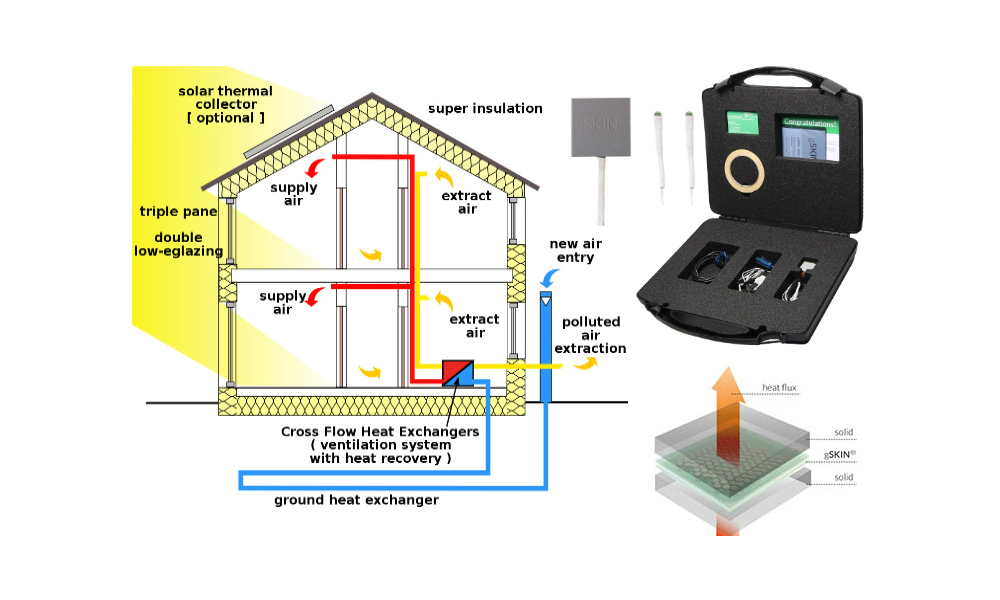This is a result of 1 month work. It’s mostly technical tasks deal with SEO, UX, and digital marketing and advertising for shop.greenteg. In the first presentation “How to promote a high-tech product?” you may find the marketing strategy for Swiss company greenTEG AG.
A marketing strategy summary was built for U-Value Kit (measures the insulation quality of a building). To show you the complexity of the product, I decided shortly describe it.
About greenTEG AG, Switzerland.
greenTEG AG was founded in 2009 as a spin-off of the Swiss Federal Institute of Technology (ETH). The company develops, manufactures, and markets thermal sensors for heat flux and laser power/position measurements and provides consulting on the thermal integration of its products. Today, greenTEG supplies OEMs as well as scientists in corporate and university labs around the world with its unique products. The greenTEG team consists of 15 specialists in engineering, materials science, physics, and electric engineering. All sensors are fully developed and manufactured in Zurich, Switzerland
About product
Heat Flux Sensor and two temperature sensors. This approach is standardised in ISO 9869, ASTM C1046 and ASTM C1155
1. Table Look-up (Building Catalogue)/ U-Value Calculation
There are complex databases containing λ-Values of generic building elements ordered by element material and/or year of construction. With these databases, the U-value of a building envelope (e.g. wall) is calculated by adding all materials contained within the specific element (e.g. specific wall = 20cm concrete + 20cm glass wool). While this method is very simple and quick, it does not produce an accurate U-Value, only an approximation.
2. Thermography (i.e. Infrared imaging)
This approach shows the thermal radiation of an object and produces an image showing spots with higher and lower radiation. It does not produce a U-Value, it just produces an image.
3. Multiple Temperature Measurement
This approach is based on three or more temperature measurements on both inside and outside of a building element. While this approach produces a U-Value, it needs a minimum temperature difference of 10 °C between the inside and outside to work and it is assumed that the thermal boundary resistance is constant.


In the second presentation, you will read about results in the format before and after. It includes mostly results for SEO, UX, and advertising.
Estimated time – 2 weeks.
Digital marketing for e-shop: SEO, UX
Don’t forget to see in full-screen mode.

